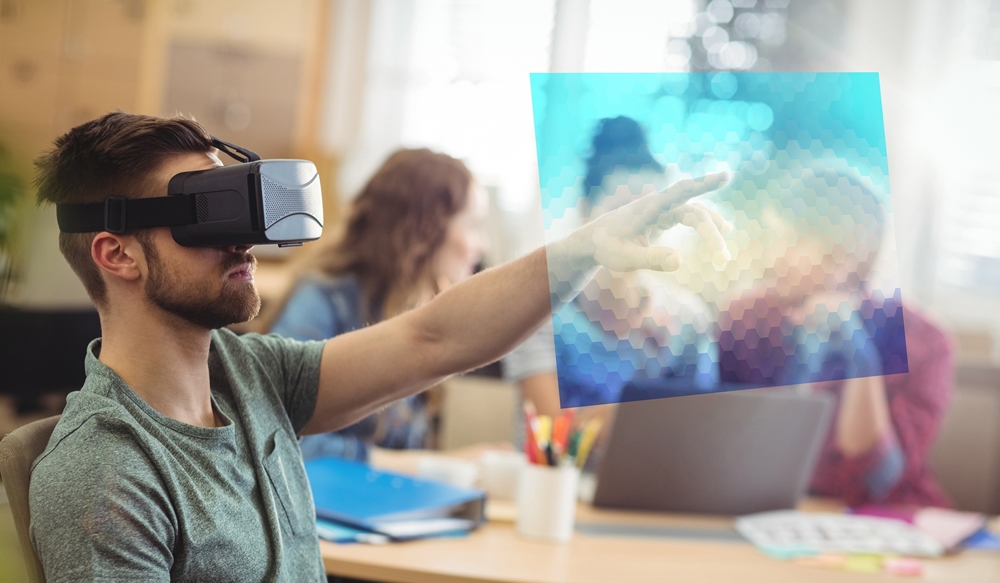Is Virtual reality the new reality?

The frontiers of human imagination, and thus technology is redefined every few years. In such rapidly changing scenarios, to capture the attention of the consumers, advertisers and brand technocrats must keep revising the ways they promote and publicize their products. The way forward in current times is ‘Immersive technology’–based marketing, advertising and consumer research, which comprises of virtual reality (VR), augmented reality (AR), and mixed reality (MR).
What Is Immersive Technology?
Immersive technology refers to technology that blurs the line between the physical world and the digital or simulated world, thereby creating a sense of immersion. This includes using hardware to simulate one or more of the five senses to create perceptually real sensations (i.e., using VR headsets for audiovisuals which also implement other sensory experiences such smells, tastes or even touch).
The Advent of Immersive Marketing
Though currently the strongest demand of virtual reality technology comes from industries in the creative economy – specially gaming, live events, audio-visual entertainment and designing – it is making huge inroads in all retail enterprises, from as huge as real estate and production engineering to individual customizations in fields of education, healthcare, and even personalized consumables. To transfer the VR technology to the customer, the way forward is ‘immersive’ experience marketing.
After Apple mobiles, even basic Android phones of the current times are being launched AR- and VR ready. All a consumer requires is a VR headset and an app download to get a complete sensory experience of product, service, entertainment or even education. From virtual classrooms to virtual holidays, from customized automobiles to even social interactions, corporates are now hiring advertisers which are not only giving their consumer the ‘complete’ experience, but also adding on to their brand value with unique VR and AR content and creatives.
One of the top-grossing Hollywood film of 2018 – Ready Player One –showcases the world in as recent a future as 2045, shows how most of the humanity uses the virtual reality software OASIS to engage in life, socializing, work and play. Despite its being a futuristic film, the scenario seems very plausible and likely.
Immersive Methods: The Next Big Thing in Consumer Research
Taking consumer research to the next level, immersive technologies are now being used to explore the effects of contextual cues on product recall, product evaluation time, and preferences and likings during consumer testing. Subjects selected for testing are taken in the VR-simulated, product contextual milieus of department stores, or any location of product placement, and with the information and data generated, marketers are able to get the best possible understanding for their brands which was difficult to simulate with traditional consumer research.
The results from various studies show that the inclusion of relevant contextual information and placement in a virtual sensory testing booth through immersive techniques made it significantly more engaging for a consumer than traditional consumer research.
VR and AR have arrived, and it is just a matter of time before they become the new ‘reality’ for marketing, advertising and consumer research.






